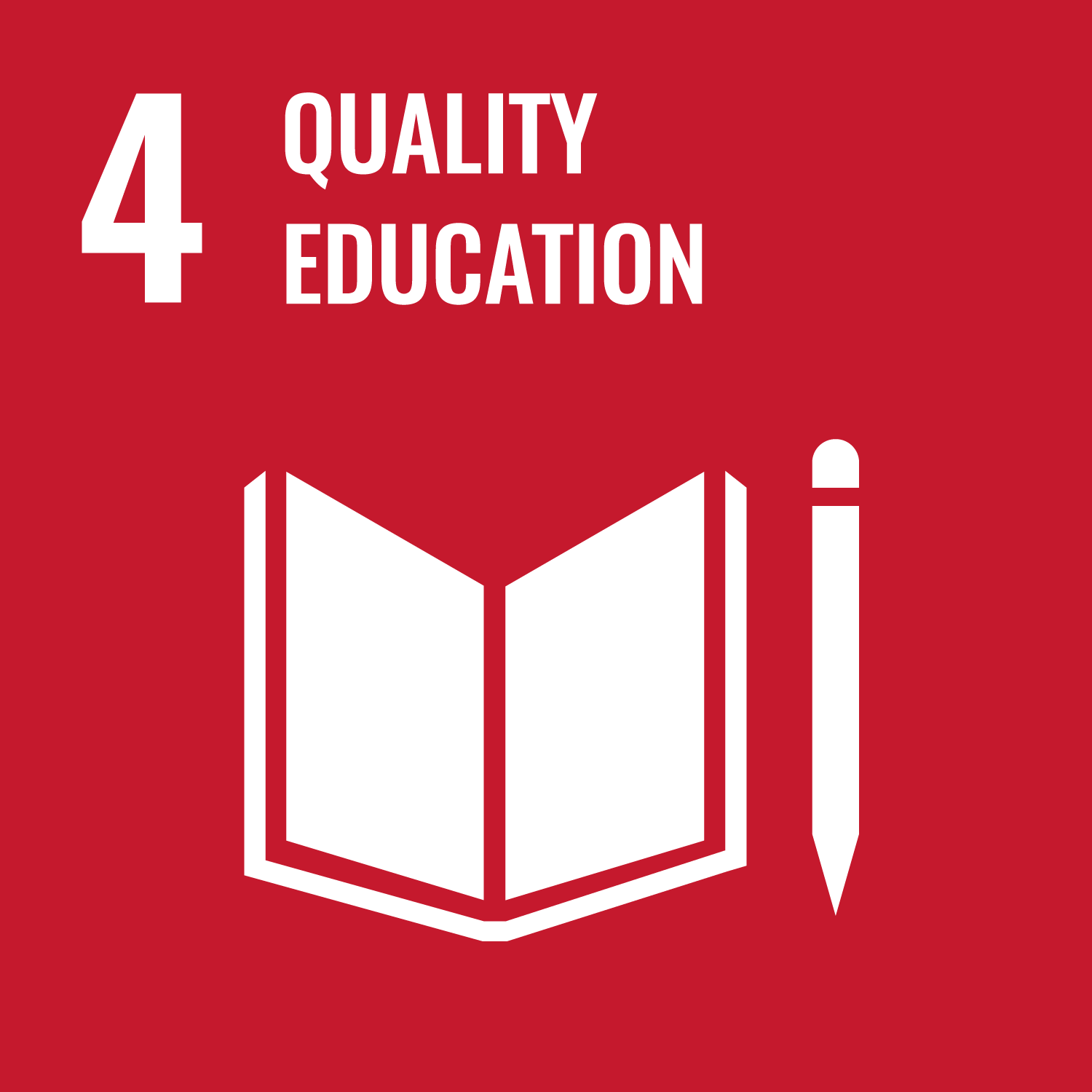* The course schedule may change due to the spread of Covid-19. Details will be announced in the first class.
Disparities in information access between persons who can access information easily and persons who can not cause not only whether you have it but also economic disadvantage and social limitations.
All people have equal rights to communicate with each other, and "communication" has a significant meaning in the information society.
However, in reality, a technical and/or a social problem block it.
In late years, many efforts for this problem have advanced in global communities - European, North American, and Asian countries.
This issue attracts attention rapidly in many fields, including industry and construction. Therefore, this issue becomes an essential topic for students who are looking for jobs in the industrial field.
This class argues these social issues through simulated experiences as persons with disabilities, field works, and case studies.
Disparities in information access between persons who can access information easily and persons who can not cause not only whether you have it but also economic disadvantage and social limitations.
All people have equal rights to communicate with each other, and "communication" has a significant meaning in the information society.
However, in reality, a technical and/or a social problem block it.
In late years, many efforts for this problem have advanced in global communities - European, North American, and Asian countries.
This issue attracts attention rapidly in many fields, including industry and construction. Therefore, this issue becomes an essential topic for students who are looking for jobs in the industrial field.
This class argues these social issues through simulated experiences as persons with disabilities, field works, and case studies.
Students will understand why "Accessibility of Information and Communication" is becoming more critical in modern society
through discussion, field works, case studies, and simulated experience.
| Goals and objectives | Course Outcomes | |
|---|---|---|
| 1. | Students will understand disparities between "information haves" and "information have-nots" and also the so-called "digital divide." | |
| 2. | Students will understand the concepts of accessibility of information and communication technology. | |
| 3. | Students will understand "accessibility" in terms of not only the technical model/goodwill model but social and human rights model. |
| Class schedule | HW assignments (Including preparation and review of the class.) | Amount of Time Required | |
|---|---|---|---|
| 1. | Introduction Why is accessibility important today? |
Understand syllabus | 30分 |
| Review of the class | 90分 | ||
| 2. | Concept of accessibility in comparison to universal design, inclusive design, and design for all. | Preparation of the class | 60分 |
| Review of the class | 30分 | ||
| 3. | What makes information and other technology accessible? | Assignment | 180分 |
| Review of the class | 30分 | ||
| 4. | What prevents persons with disabilities and/or older people from information and communication? | Find examples in everyday life | 90分 |
| Review of the class | 30分 | ||
| 5. | Information behavior model- Discussion. | Assignment | 180分 |
| Review of the class | 30分 | ||
| 6. | Discussion of problems regarding the accessibility of information and communication in daily life. | Preparing the field work | 60分 |
| Assignment | 90分 | ||
| 7. | Fieldwork 1 for finding and confirming the above problems and issues. | Assignment | 180分 |
| Review of the class | 30分 | ||
| 8. | Group discussion. | Review the field work | 30分 |
| Find examples of information barrier in everyday life | 120分 | ||
| 9. | Fieldwork 2 for finding and confirming problems and issues, especially with blind and low vision. | Preparing the field work | 60分 |
| Assignment | 180分 | ||
| 10. | Group discussion. | Review of the field work | 180分 |
| Review of the field work | 120分 | ||
| 11. | Summarizing issues of accessibility of information and communication. | Review of the class | 120分 |
| Find examples of barriers for the color blind | 60分 | ||
| 12. | Global movements for realizing accessibility. Digital Divide and Information Society. |
Review of the class | 120分 |
| Assignment | 120分 | ||
| 13. | Technical and/or "goodwill model" to "human rights model." | Review of the class | 60分 |
| Preparing for the final exam | 180分 | ||
| 14. | Final Exam and Discussion. | Preparing for the final exam | 430分 |
| Total. | - | - | 2890分 |
| Final Exam | Assignment | Contribution to the class | Total. | |
|---|---|---|---|---|
| 1. | 10% | 10% | 20% | 40% |
| 2. | 10% | 10% | 10% | 30% |
| 3. | 10% | 10% | 10% | 30% |
| Total. | 30% | 30% | 40% | - |
As all students are expected to contribute to this seminar, they should attend all classes.
Interim reports and final reports are evaluated.
Evaluation: understanding -- 80%, comprehensive --100%
To pass the course, students must earn at least 60 points out of 100.
Students can score 60 points or more when they can state their opinions about topics discussed in class in assignments, discussions, and reports.
Interim reports and final reports are evaluated.
Evaluation: understanding -- 80%, comprehensive --100%
To pass the course, students must earn at least 60 points out of 100.
Students can score 60 points or more when they can state their opinions about topics discussed in class in assignments, discussions, and reports.
| ways of feedback | specific contents about "Other" |
|---|---|
| Feedback in the class |
<Text books>
None
<References>
in Japanese
C&C振興財団『情報アクセシビリティとユニバーサルデザイン』アスキー,2004年。
山田肇編著『情報アクセシビリティ』NTT出版,2005年。
in English
To be mentioned in classes
None
<References>
in Japanese
C&C振興財団『情報アクセシビリティとユニバーサルデザイン』アスキー,2004年。
山田肇編著『情報アクセシビリティ』NTT出版,2005年。
in English
To be mentioned in classes
As this course includes fieldwork, the number of students is limited.
Students willing to take this course must attend the first day of the classes.
This course can be registered by "third or higher grade students" or "students visiting Japan."
The order of the classes can be switched according to the condition of the fieldwork.
Students willing to take this course must attend the first day of the classes.
This course can be registered by "third or higher grade students" or "students visiting Japan."
The order of the classes can be switched according to the condition of the fieldwork.
- Toyosu: Fridays
Omiya: Wednesdays
For making an appointment, email to the address in Kyoin Profile
- Course that cultivates an ability for utilizing knowledge
- Course that cultivates a basic interpersonal skills
- Course that cultivates a basic problem-solving skills
| Work experience | Work experience and relevance to the course content if applicable |
|---|---|
| Applicable | The lecturer of this class has been involved in the Standardization of "Information Accessibility" such as JIS and/or ISO. He also has business experience developing Assistive Technology for people with disabilities and the elderly. |





- 3.GOOD HEALTH AND WELL-BEING
- 4.QUALITY EDUCATION
- 5.GENDER EQUALITY
- 10.REDUCED INEQUALITIES
- 16.PEACE, JUSTICE AND STRONG INSTITUTIONS
Last modified : Sat Sep 09 07:53:57 JST 2023
